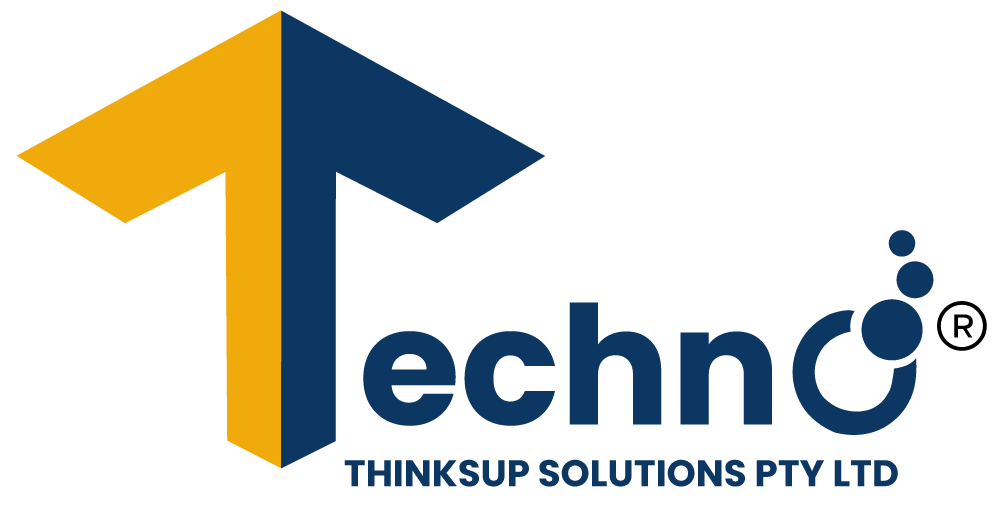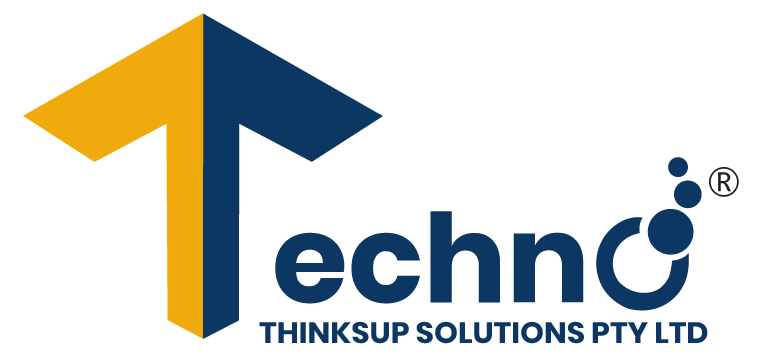
Unlocking Agility: The Scrum Way
Scrum is an agile project management methodology designed to enhance team collaboration and deliver high-quality products efficiently. It emphasizes iterative progress, allowing teams to adapt quickly to changes and continuously improve. With defined roles like Product Owner, Scrum Master, and Development Team, Scrum fosters accountability and clarity. Its core practices include time-boxed sprints, daily stand-ups, and regular retrospectives, ensuring transparency and incremental success. Ideal for dynamic environments, Scrum boosts productivity, innovation, and customer satisfaction, making it a top choice for modern businesses seeking agility and excellence.
Scrum's structured framework promotes a culture of continuous feedback and iterative development, ensuring that teams can respond to user needs and market shifts with agility. By breaking down projects into manageable sprints and holding regular sprint reviews, Scrum encourages frequent reassessment of progress and goals. This adaptability not only helps in early detection and correction of issues but also aligns the project outcomes more closely with user expectations. Consequently, Scrum not only enhances the quality and relevance of the final product but also strengthens team morale and stakeholder engagement through its transparent and inclusive process.
The Process
Scrum methodology is an iterative and incremental agile framework that promotes team collaboration, accountability, and continuous improvement through defined roles, time-boxed sprints, and regular feedback loops.
In this stage, project objectives, scope, and stakeholders are defined. The Product Owner and Scrum Master roles are identified, and the initial product backlog is established.
Here, the product backlog is broken down into manageable user stories, and effort estimation takes place. Prioritization of user stories for the upcoming sprint is determined.
Daily stand-up meetings are conducted to track progress and address impediments. Collaborative development and testing of increments of the product occur during the sprint.
Completed features are demonstrated to stakeholders, and feedback is gathered. The sprint's goals are assessed, and areas for improvement are identified.
Team dynamics and the sprint process are reflected upon. Successes and areas for improvement are discussed, with actions determined for the next sprint.
Overall project progress is reviewed, and achievements are celebrated. Outstanding documentation is finalized, and deliverables are handed over to stakeholders.
Best Practices We Implement

Setting Clear Goals
We meticulously define project objectives, scope, and stakeholders, ensuring everyone is aligned from the start. This clarity lays the foundation for successful project execution.

Strategizing for Success
Our team expertly breaks down the product backlog into manageable user stories and prioritizes them based on value and effort. This strategic planning sets us up for efficient sprint execution.

Sprinting Towards Results
With daily stand-up meetings and collaborative development, we ensure smooth progress throughout the sprint. Our focus on delivering increments of the product allows us to adapt quickly to changing requirements.

Ensuring Stakeholder Satisfaction
We showcase completed features to stakeholders at the end of each sprint, gathering valuable feedback to refine our deliverables. This iterative review process ensures that we're always aligned with stakeholder expectations.

Continuous Improvement
Our team values reflection and learning. Through regular retrospectives, we identify what went well and areas for improvement, driving continuous enhancement in our processes and outcomes.

Delivering with Precision
As we wrap up each sprint, we review our overall progress and celebrate our achievements. By finalizing documentation and delivering value to stakeholders, we ensure project success and satisfaction.




 Web Development
Web Development
 App Development
App Development
 IT Consulation
IT Consulation
 UI/UX Design
UI/UX Design
 Ecommerce
Ecommerce
 Content Marketing
Content Marketing
 DevOps Services
DevOps Services
 Software Development
Software Development
 Digital Marketing
Digital Marketing
 Social Media Marketing
Social Media Marketing
 Search Engine Optimization
Search Engine Optimization
 AWS Managed Services
AWS Managed Services
 QA And Software Testing
QA And Software Testing
 Local Search Optimization
Local Search Optimization
 Technology Outsourcing
Technology Outsourcing
 Metaverse Development
Metaverse Development
 Web 3 Consulting
Web 3 Consulting
 IoT App Development
IoT App Development
 VR App Development
VR App Development
 IT Staff Augmentation
IT Staff Augmentation
 Startup App Development
Startup App Development
 Saas App Development
Saas App Development
 Low Code Development
Low Code Development
 Product Engineering
Services
Product Engineering
Services
 Custom CRM Development
Custom CRM Development
 Offshore Development
Center (ODC)
Offshore Development
Center (ODC)
 Machine Learning
Development
Machine Learning
Development
 Blockchain App Development
Blockchain App Development
 Blockchain In Identity Management
Blockchain In Identity Management
 Artificial Intelligence
Development
Artificial Intelligence
Development
 Dedicated Development Team
Dedicated Development Team
 Strategic Mobile
Consulting
Strategic Mobile
Consulting
 Scrum
Scrum
 DevOps
DevOps
 Lean
Lean
 Kanban
Kanban
 V-Model
V-Model
 Waterfall Model
Waterfall Model
 Design Thinking
Design Thinking
 Agile Development
Agile Development
 Prototype Methodology
Prototype Methodology
 Rapid Application Development (RAD)
Rapid Application Development (RAD)
 Feature-Driven
Development (FDD)
Feature-Driven
Development (FDD)
 Dynamic Systems
Development Method (DSDM)
Dynamic Systems
Development Method (DSDM)





